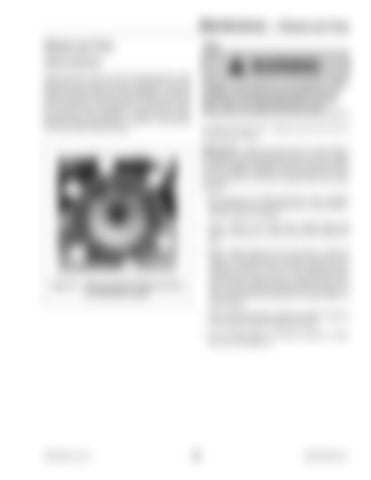Maintenance — Wheels and Tires Wheels and Tires
Tires
WARNING
Wheel Fasteners Wheel fastener torque must be checked before initial operation and every two hours thereafter until the wheel mounting hardware torque stabilizes. Torque the wheel fasteners in the order shown (Figure 23). When tires are removed and replaced, this procedure must be repeated. See “Wheels” on page 16 for wheel fastener torque specifications, wheel rim dimensions and wheel offset measurements.
Inflating or servicing tires can be dangerous. When possible, trained personnel should service and mount tires. To avoid possible death or serious injury, follow the safety precautions below. To keep tire wear even, rotate the tires from front to rear and rear to front. IMPORTANT: Keep the same size tire on each side of the loader to prevent excessive wear on tires, chains, or other damage. If different sizes are used, tires will be turning at different speeds, causing excessive wear. The tread bar of all tires should face the same direction.
1 3 6
• Be sure the rim is clean and free of rust. Lubricate the tire beads and rim flanges with a soap solution. Do NOT use oil or grease. • Use a clip-on tire chuck with remote hose and gauge, allowing you to stand clear while inflating the tire.
5
• Never inflate beyond 35 psi (2.4 bar) to seat the beads. If the beads have not seated by the time the pressure reaches 35 psi (2.4 bar), deflate the tire, reposition the tire on the rim, lubricate both parts and re-inflate. Inflation pressure beyond 35 psi (2.4 bar) with unseated beads may break the bead or rim with explosive force sufficient to cause death or serious injury.
4 2 Figure 23 – Wheel Fasteners Tightening Order (AL 500 Series shown)
• After seating the beads, adjust the inflation pressure to the recommended operating pressure. • Do not weld, braze or otherwise attempt to repair and use a damaged rim.
PRINTED IN U.S.A.
33
50940008/AP0311



































